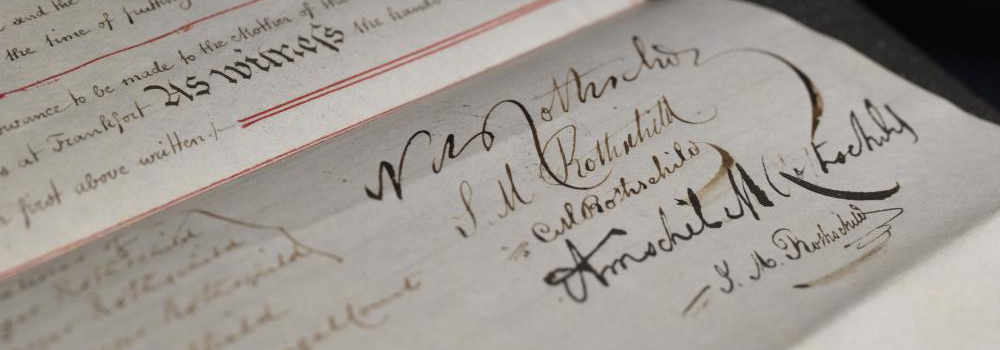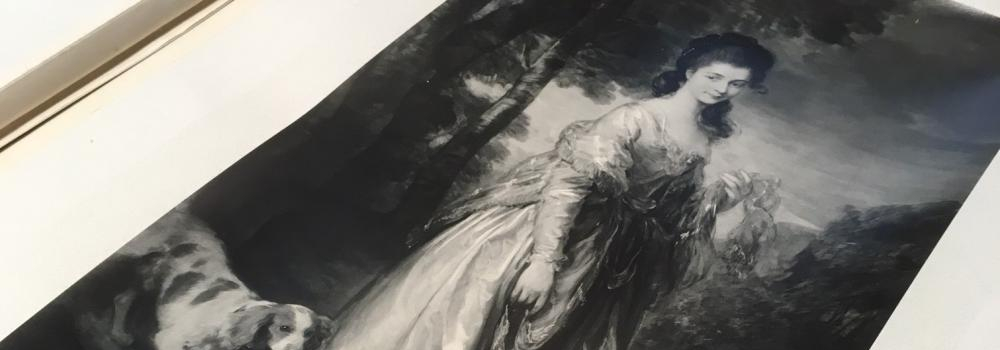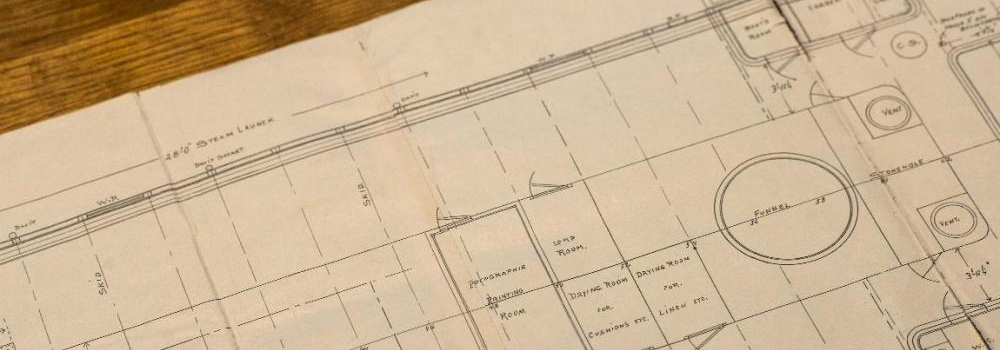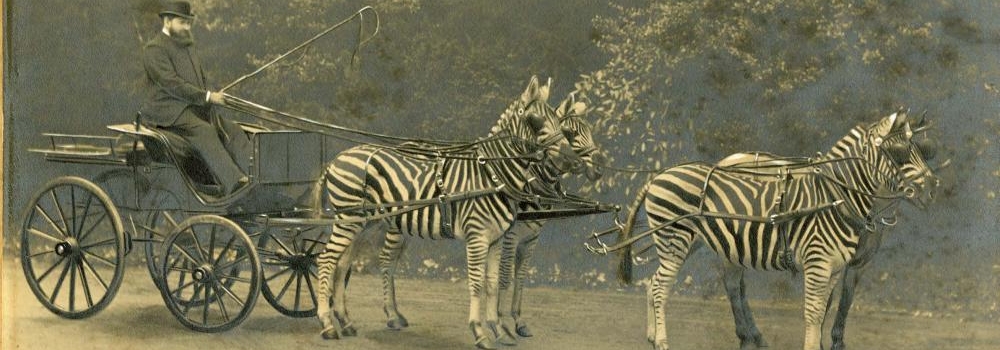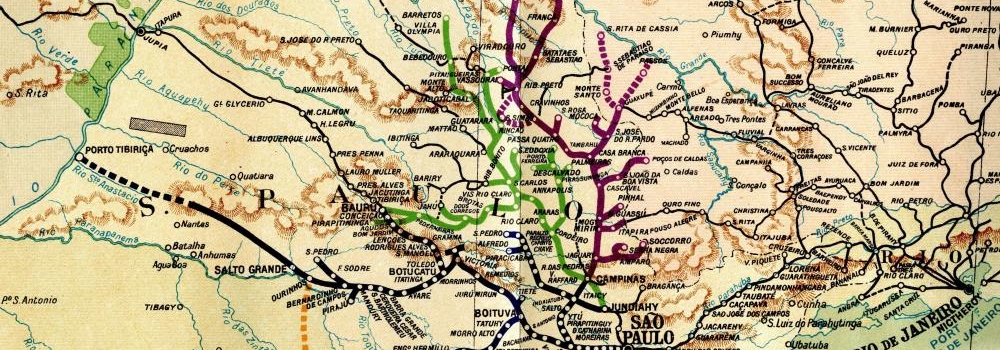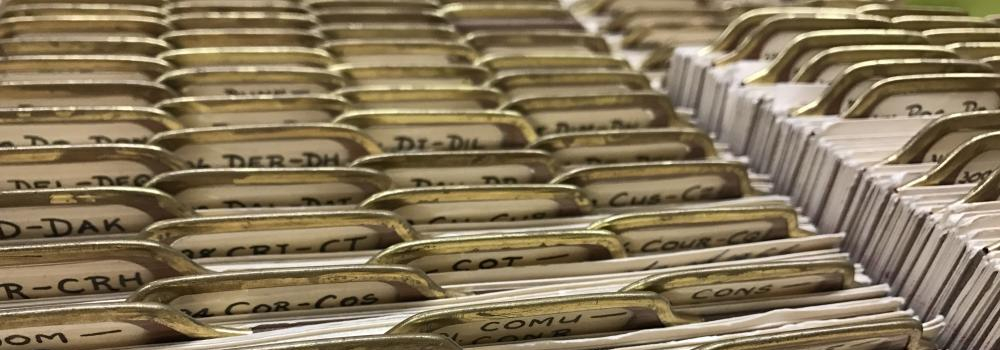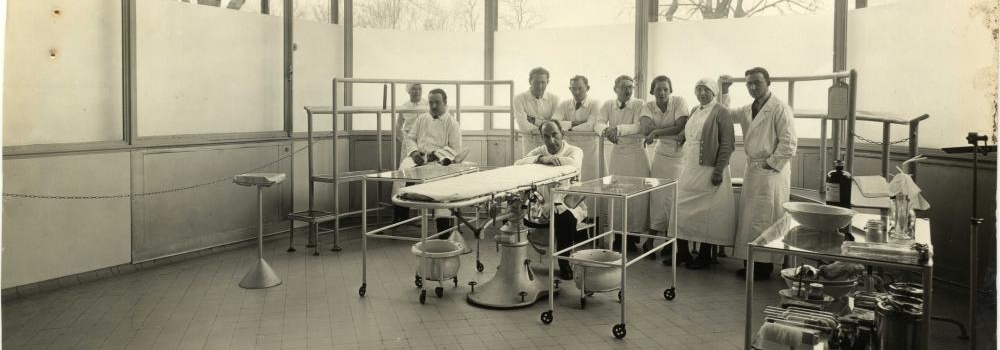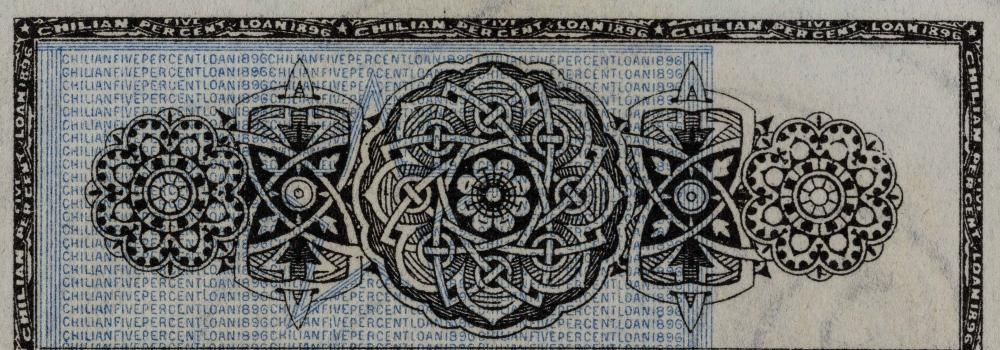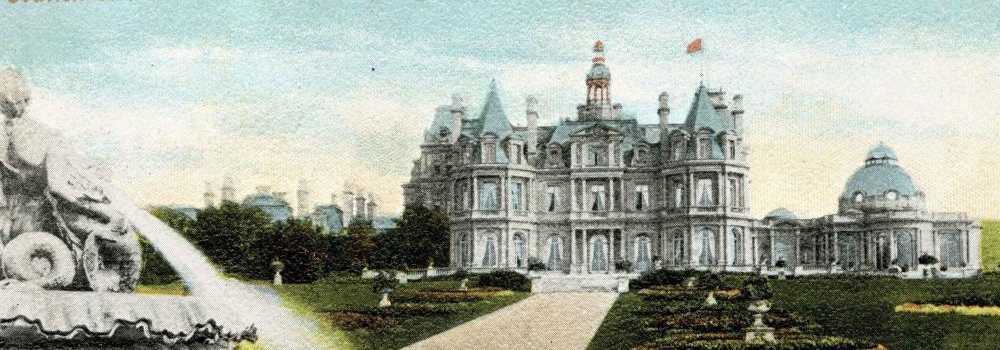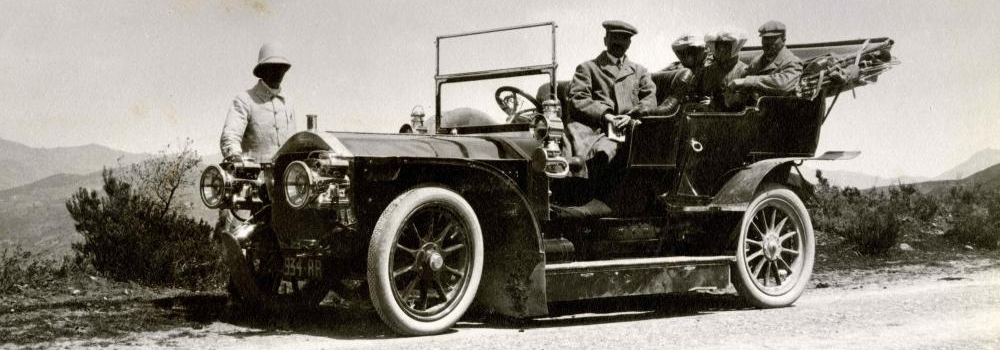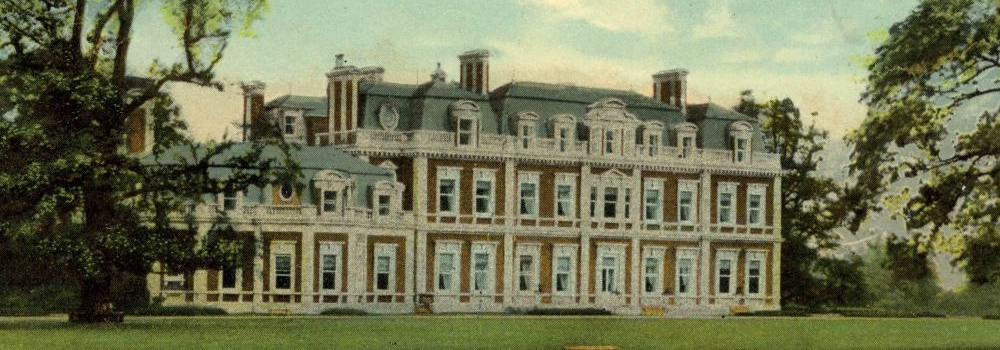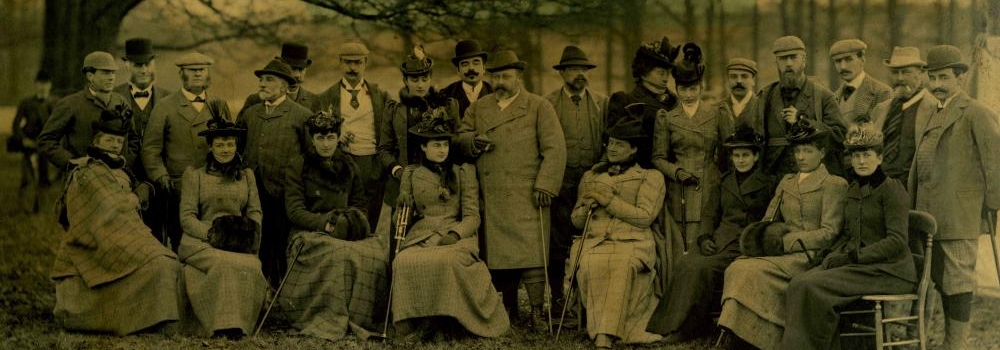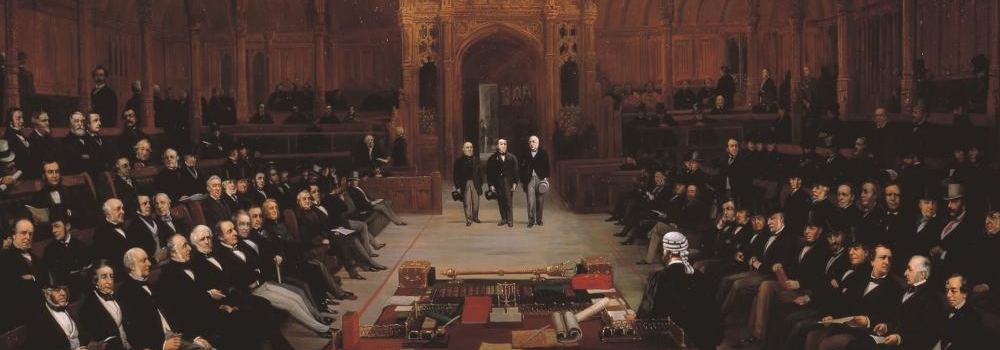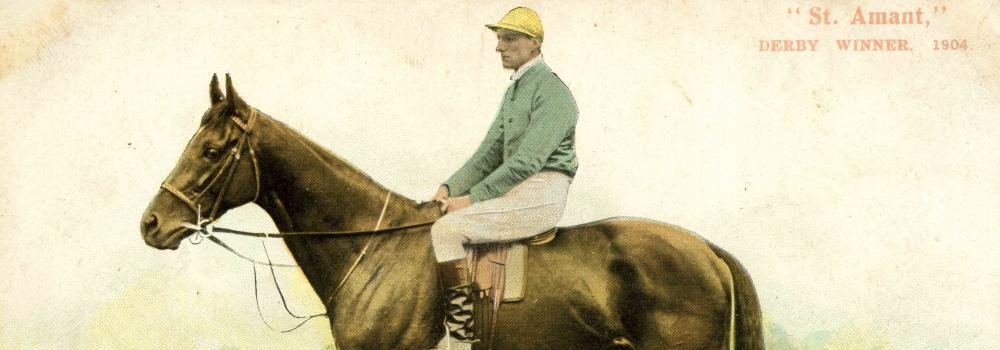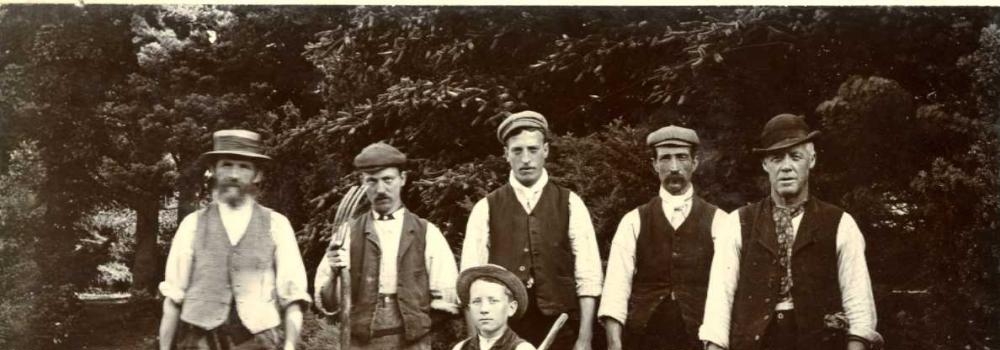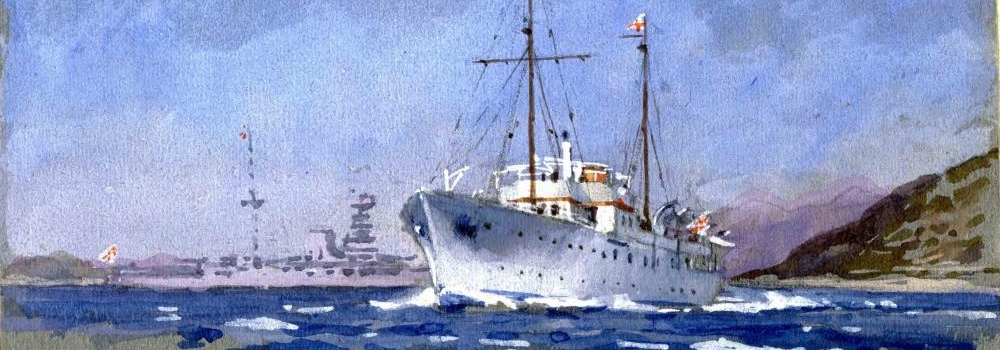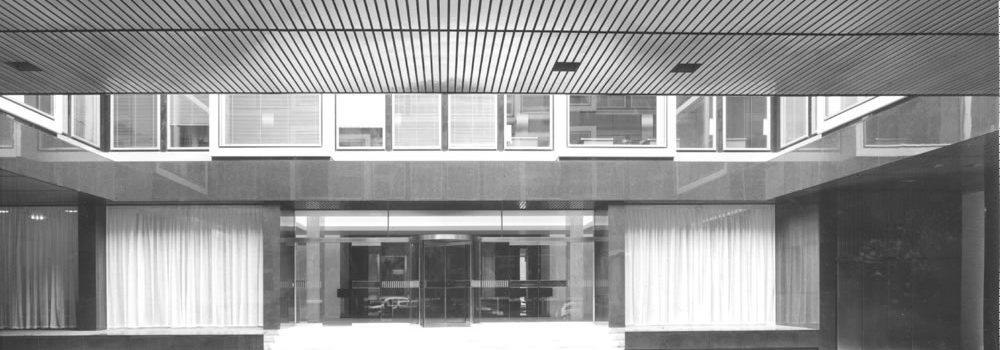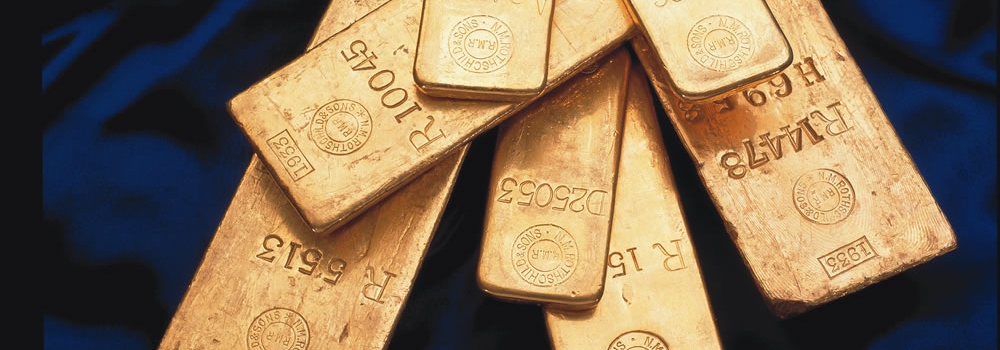Origins
James Mayer de Rothschild (1792-1868) was in Paris from the age of 19, co-ordinating the purchase of specie and bullion for his brother Nathan (1777-1836). Between 1814 and 1815 he was the lynchpin in Nathan’s plan to supply Wellington’s armies with funds. Originally trading as J M Rothschild, James changed the name of the firm to de Rothschild Frères with James, Amschel (1773-1855), Salomon (1774-1855), Nathan (1777-1836) and Carl (1788-1855) as partners.
With the purchase of an hôtel in 1818 in the old rue d’Artois, now rue Laffitte, the richest, most animated and modern part of Paris, James' lifestyle began to reflect the high social position he had attained as founder of the French Rothschild bank. By 1823 the Paris House was firmly established as banker to the French government. James’ reconstructions of the building in 1836 attracted the approval of his family; James’s nephew, Lionel, wrote to his fiancée, Charlotte: “The first floor, the daily habitation is… splendid, so much gold that for the first few days one is quite dazzled.” With its seven gilded salons and luxurious interiors the house aroused general admiration. The poet Heine described it as the Versailles of a financial potentate. It was the perfect setting for the many soirées James held there each week. As many as sixty guests regularly sat down to dinner, among whom were numerous figures from the artistic community, such as Balzac and Heine, Liszt, Puccini and Meyerbeer, while Rossini wrote music for his parties and Ingres painted a portrait of James’s wife, Betty, there.
Early business
After the death of his brother Nathan in 1836, James took over the reins of the family firm and became the trusted adviser of ministers and kings. The Paris House continued to fund many loans to European governments, but the decline in public sector borrowing led James to concentrate on new lines of business. These included the financing of raw materials trading, railway construction and manufacturing industries. This diversification was continued when James’ sons, Alphonse (1827-1905), Gustave (1829-1911) and Edmond (1845-1934), became partners in the bank. The French House continued to fund and build railways, playing a major role in the development of the French and European rail network. However, of greatest significance was the French Rothschild's petroleum concession in Baku. This concession was so large that the Rothschilds quickly became the chief competitors of Rockefeller’s company, Standard Oil, before selling out their oil interests in 1912.
The twentieth century
After Alphonse' death in 1905, his son Edouard (1868-1949), took over the firm. During the Second World War, James’s grandsons and business heirs, Edouard and Robert, were forced to leave Paris. Their business was largely left in the hands of their Amsterdam agent, Auerbach, whose firm was incorporated into N V Commissie en Handelsbank. Edouard’s son, Guy (1909-2007) joined the business. The bank’s industrial concerns continued to play a major role throughout the 20th century. Following French government reform of banking regulations, de Rothschild Frères became Banque Rothschild, a limited-liability company in 1967. Banque Rothschild was created on January 1st 1968, functioning as a deposit bank. In 1969 Guy de Rothschild was the chairman; Alain de Rothschild and Elie de Rothschild were vice-chairmen and cousin Evelyn de Rothschild was on the board. At Easter 1970, a new modern bank building was inaugurated at 21 rue Laffitte, Paris. As the only remaining Rothschild houses, the London business, N M Rothschild & Sons Limited and Banque Rothschild began increasingly to undertake joint ventures. Between 1981-1982, Banque Rothschild, was one of 39 to be nationalised by the French government, and the Rothschilds were obliged to leave the rue Laffitte. The bank founded by James de Rothschild as de Rothschild Frères became Compagnie Européenne de Banque.
The French business after nationalisation
But with nationalistion, Rothschild banking was not at an end in France. Following nationalisation of the business, the former Directors of Banque Rothschild, David and Nathaniel de Rothschild and Jacques Getten set up P.O. Gestion as banking operation. In October 1986, the Rothschild family were granted the right to use family name again, as Rothschild & Associés Banque. In January 1992, David became deputy chairman of N M Rothschild & Sons Limited In 2003, Sir Evelyn de Rothschild (1931-2022) stepped down as chairman of N M Rothschild & Sons Limited in London, to be succeeded by his cousin David. In 2003, the French and English Rothschild businesses were merged, unifying their capital under a business registered in France. In 2018, in line with an agreed succession plan, Baron David de Rothschild stepped aside as chairman, and was suceeeded by his son, Alexandre de Rothschild. Today the business is known as Rothschild & Co.
List of the family members who have led the Paris business founded by James Mayer de Rothschild.
de Rothschild Frères
Baron James de Rothschild (1792-1868)
1812-1868Baron (Mayer) Alphonse de Rothschild (1827-1905)
1868-1905Baron Edouard Alphonse James de Rothschild (1868-1949)
1905-1949Baron Guy Edouard Alphonse Paul de Rothschild (1909-2007)
1949-1967Banque Rothschild [1]
Baron Guy Edouard Alphonse Paul de Rothschild (1909-2007)
1967-1981Notes:
[1] de Rothschild Frères became Banque Rothschild in 1967. In 1981-1982, Banque Rothschild was one of 39 banks to be compulsorily nationalised by the French government. The business became Compagnie Européenne de Banque, and the Rothschilds left the rue Laffitte.
Following nationalisation of the business, the Rothschild family established a new banking operation, using the company Paris Orléans, (originally founded in 1838 as a railway company, after the Second World War, the French branch of the Rothschild family transformed it into a holding company for its banking activities). In 1983, the former Directors of Banque Rothschild, David and Nathaniel de Rothschild and Eric de Rothschild, together with six colleagues re-started the business, using Paris Orléans as a launch pad, and creating P.O. Gestion as a banking operation. In October 1986, the Rothschild family were granted the right to use family name again, as Rothschild & Associés Banque.
In 2003, Sir Evelyn de Rothschild stepped down as Chairman of N M Rothschild & Sons Limited. The appointment of David de Rothschild as the Rothschild Group Chairman brought together again the English and French Rothschild business houses, with the merger of N M Rothschild & Sons Limited with Paris Orléans. In 2011, the firm rebranded from N M Rothschild & Sons Limited to Rothschild & Co. In 2015, the parent company of the Rothschild Group, formerly known as Paris Orléans, changed its name to Rothschild & Co. to match the trading name of the business. In 2018, Alexandre de Rothschild succeeded David de Rothschild as Executive Chairman.

